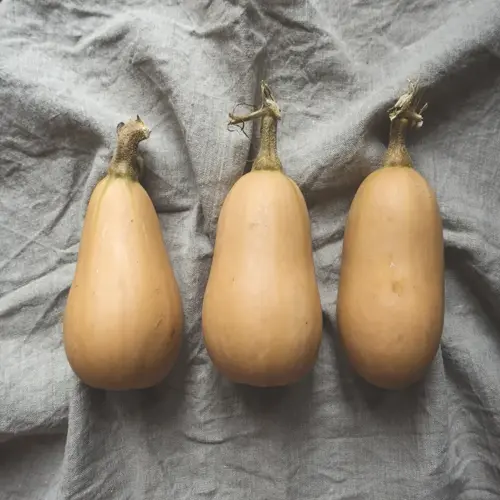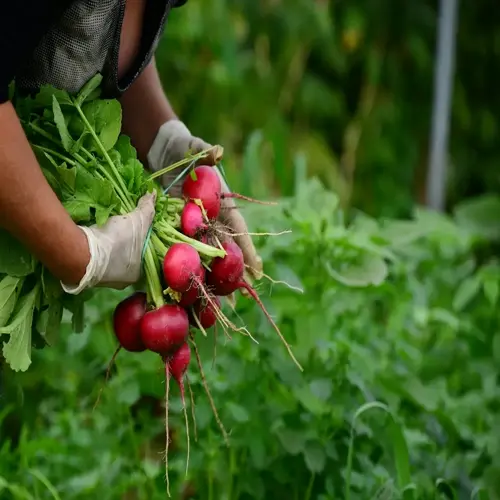What should not be planted near beans?

Written by
Julia Anderson
Reviewed by
Prof. Charles Hartman, Ph.D.Companion planting plays a crucial role in bean health and productivity. Some plants will release chemicals that slow down bean growth and attract destructive pests. Proper spacing helps to avoid nutrient competition and spread of disease. Understanding companion plants enables you to prevent incompatibility with other plants, allowing your beans to grow without facing another hurdle.
Alliums (Onions/Garlic)
- Inhibit rhizobia bacteria essential for nitrogen fixation
- Release sulfur compounds suppressing bean root development
- Require similar nutrients creating underground competition
- Attract onion flies that damage nearby bean leaves
Fennel
- Secrete allelopathic chemicals through roots and leaves
- Reduce bean germination rates by 40% in trials
- Attract swallowtail butterflies whose larvae eat bean foliage
- Demand high water depriving beans of moisture
Sunflowers
- Host bean weevils that destroy developing pods
- Create dense shade limiting bean photosynthesis
- Leach soil nutrients particularly potassium and phosphorus
- Spread sclerotinia fungus to bean plants
Peppers
- Compete intensely for magnesium causing deficiencies
- Share verticillium wilt pathogens increasing infection risk
- Require similar pH levels creating soil imbalance
- Attract aphids that migrate to tender bean shoots
Establish protective buffers of beans and incompatible plants. I use something like marigolds or nasturtiums as barrier crops. As they release pest-repelling chemicals, they are fine planted near alliums. Rotate the beans every year to prevent the accumulation of soil-borne diseases from peppers or nightshades.
Instead, we can plant beans with beneficial companions like corn, which provides the trellising naturally, with no resources taken from beans. Carrots aerate the soil while using little to no nutrients, a trait they share with beans. Rosemary has a strong ability to repel bean beetles. These are mutually beneficial combinations that enhance growth and naturally reduce pests.
Analyzing soil helps to understand the nutrient competition that may occur before planting. Beans take nitrogen out of the air, and will need phosphorus, but should be kept from phosphorus-loving plants, such as peppers, nearby. Amend the soil with nutrients that are lacking, rather than contaminating it with generic fertilizers.
Read the full article: When to Plant Beans: Ultimate Growing Guide

